guess the location: plants seldom seen on the east coast
davidrt28 (zone 7)
10 years ago
Related Stories
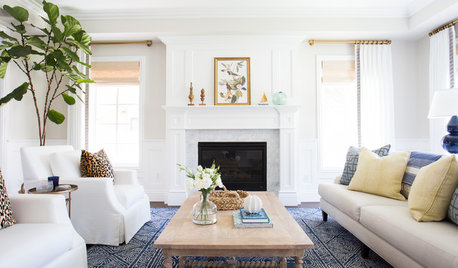
LIVING ROOMSRoom of the Day: East Coast Preppy Meets West Coast Cool
A living room designed for entertaining goes bicoastal with a look that’s equal parts sophisticated and casual
Full Story
MY HOUZZMy Houzz: Classic East Coast Style in Maryland
Collected vintage finds, clean furnishings and European touches are highlights of a couple's bright and airy 1923 house
Full Story
FUN HOUZZGuessing Game: What Might Our Living Rooms Say About Us?
Take a shot on your own or go straight to just-for-fun speculations about whose homes these could be
Full Story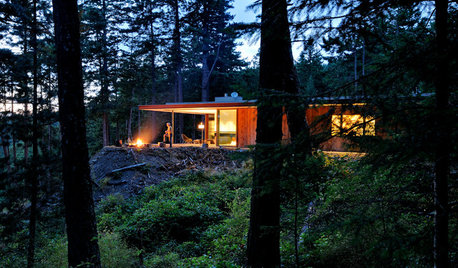
HOUZZ TOURSHouzz Tour: Just What Mom Wanted, Off the Washington Coast
With an art studio, age-in-place features and a view-maximizing design, this home shows just how well the architect knows his client
Full Story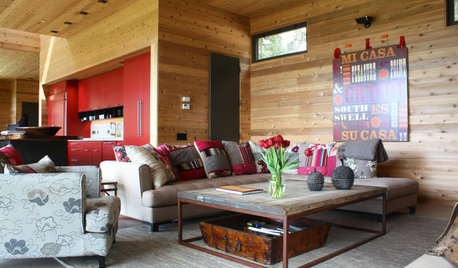
HOUZZ TOURSMy Houzz: Contemporary Camp Style Wows on the U.S. West Coast
Guest cabins, a barn for parties and a spacious communal bathroom make a couple's coastal home an entertaining dream
Full Story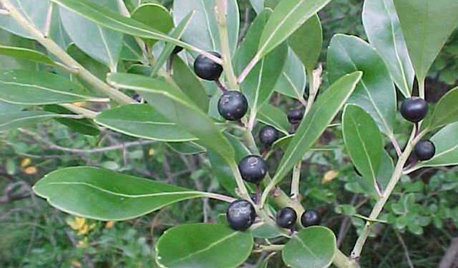
FLOWERS AND PLANTSEasterners: Consider This Native Alternative to Boxwood
Inkberry, or Ilex glabra, excels as a foundation plant or formal hedge perfectly suited to the East Coast
Full Story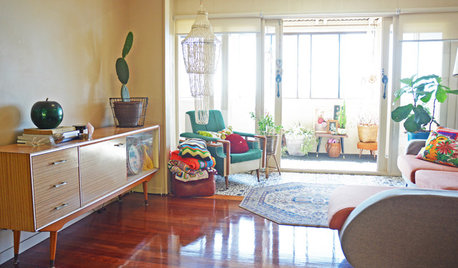
HOUZZ TOURSMy Houzz: A Relaxed Retro Feel on the Australian Coast
A spacious 1970s beach house gets a colorful retro makeover with vintage finds
Full Story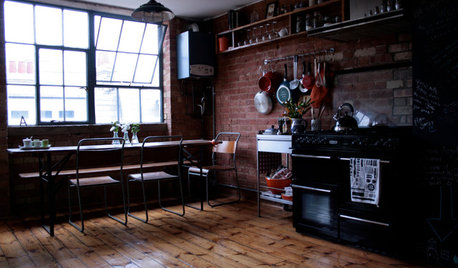
HOUZZ TOURSHouzz Tour: Warehouse Conversion in East London Sees Full Potential
Functional spaces, an open floor plan and optimized storage units transform this warehouse into an efficient small home
Full Story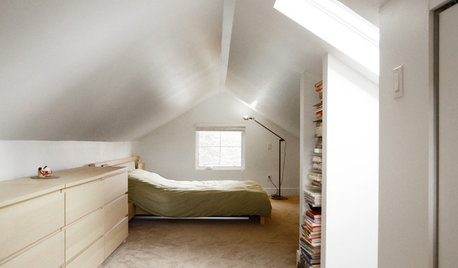
MY HOUZZMy Houzz: Compact House Renovation in East Vancouver
These first-time homeowners blend old with new in a timeless renovation of their 1920s home
Full Story
NATIVE PLANTSGreat Native Plant: Grow Wild Quinine for Its Unique Clusters of Blooms
Get connoisseur cred and unique blooms with this uncommon plant. Bonus assets: It’s low maintenance and drought tolerant
Full Story







Embothrium
davidrt28 (zone 7)Original Author
Related Professionals
Owings Mills Landscape Architects & Landscape Designers · Paradise Landscape Architects & Landscape Designers · Barrington Landscape Contractors · Bedford Landscape Contractors · Farmington Landscape Contractors · Norristown Landscape Contractors · Cherry Hill Siding & Exteriors · Honolulu Siding & Exteriors · Largo Siding & Exteriors · Linden Siding & Exteriors · Waukesha Siding & Exteriors · Cape Coral Decks, Patios & Outdoor Enclosures · Kyle Decks, Patios & Outdoor Enclosures · Salem Decks, Patios & Outdoor Enclosures · Rolling Meadows Stone, Pavers & Concretedavidrt28 (zone 7)Original Author
davidrt28 (zone 7)Original Author
davidrt28 (zone 7)Original Author
davidrt28 (zone 7)Original Author
sam_md
Embothrium
famartin
botann
jujujojo_gw
davidrt28 (zone 7)Original Author
davidrt28 (zone 7)Original Author
katob Z6ish, NE Pa
davidrt28 (zone 7)Original Author